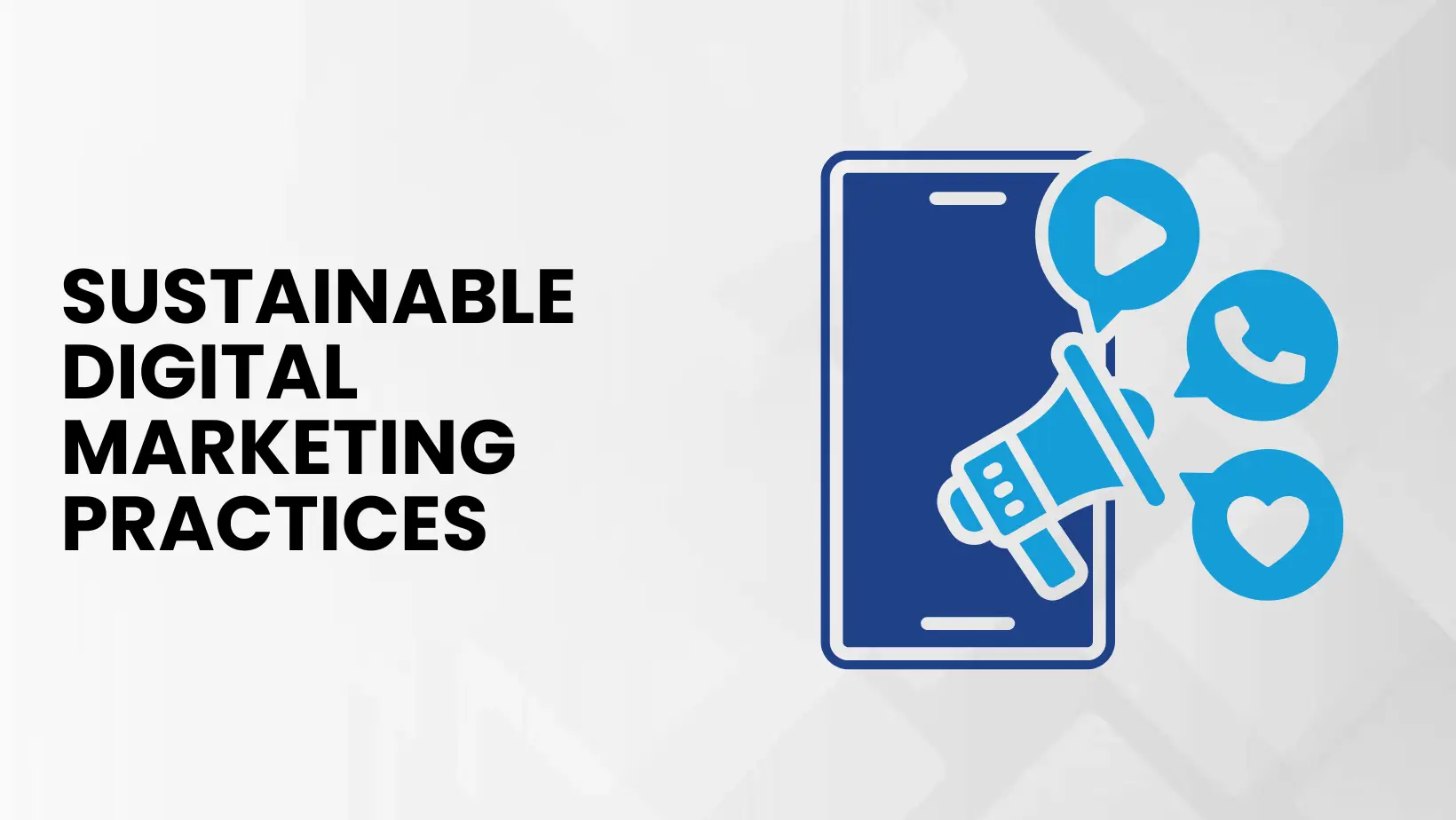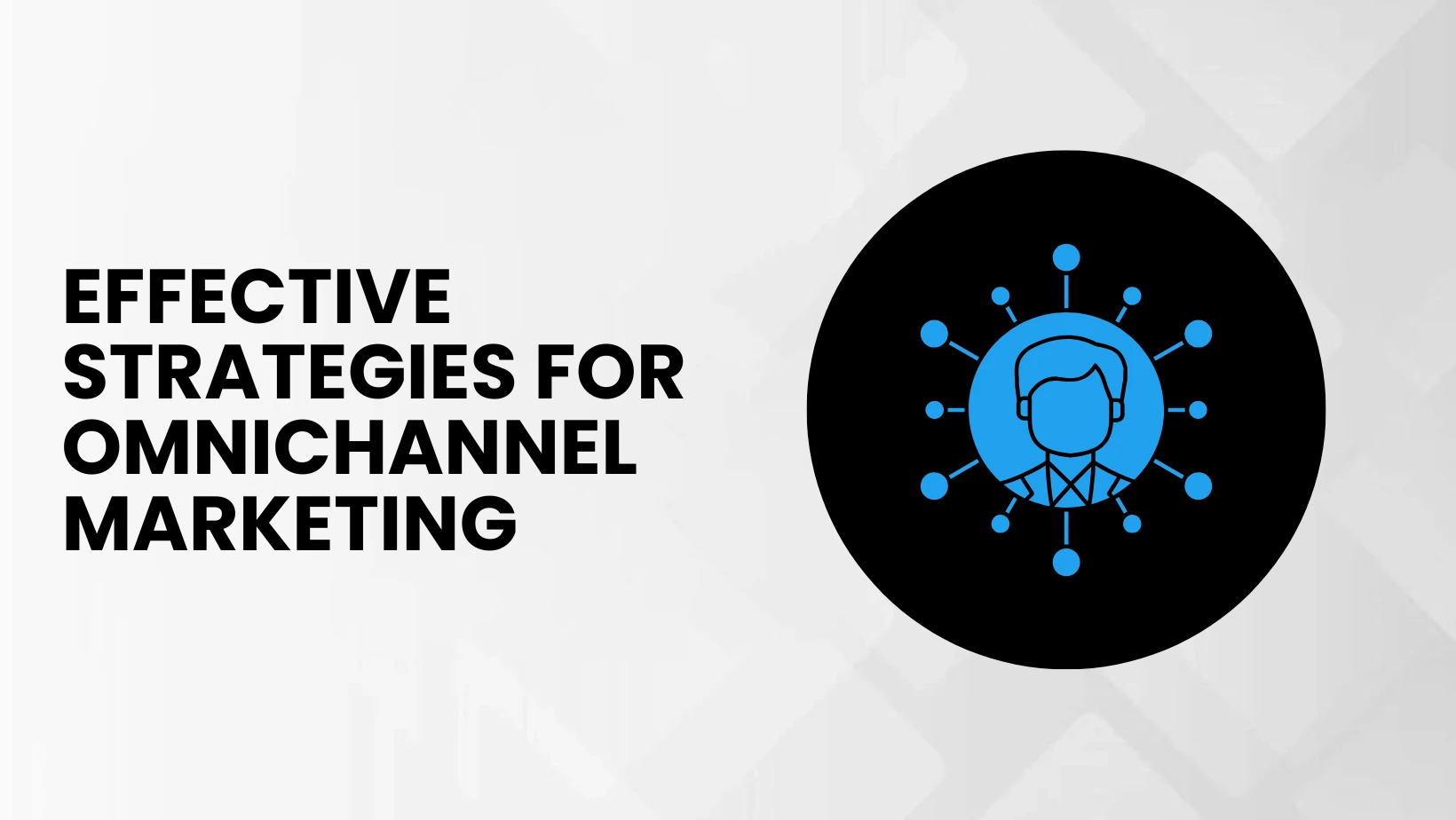Introduction The digital landscape is ever-evolving, and with the advent of Web 3.0, we are on the brink of another significant transformation. Web 3.0, often referred to as the...
Introduction In today’s digital landscape, retargeting and remarketing have become indispensable strategies for businesses aiming to re-engage potential customers who have shown interest but haven’t yet converted. These techniques...
Introduction Welcome to Globelectra’s digital odyssey! In today’s interconnected world, the realm of digital marketing knows no bounds. Join us as we embark on a journey that transcends borders...
In today’s digital landscape, finding the top Facebook Ads service in Vadodara is crucial for businesses aiming to maximize their online presence. With over 2.9 billion monthly active users,...
On the busy streets of Vadodara, where businesses are trying to succeed in the difficult marketplace, success lies in the ability to handle performance marketing. As the top performance...
Introduction At Globelectra, we recognize the growing importance of environmental sustainability in business operations. Digital marketing, while less resource-intensive than traditional methods, still has a significant environmental impact through...
Introduction As digital marketers at Globelectra, we recognize the critical importance of privacy and data security in today’s digital landscape. With businesses harnessing vast amounts of data to personalize...
Introduction At Globelectra, we’ve observed that video content has dramatically reshaped social media marketing, transforming how brands like ours connect with audiences. From TikTok’s brief clips to Facebook’s live...
Introduction At Globelectra, we understand that in today’s digital era, creating a seamless customer experience across various platforms is crucial. Consumers expect a cohesive brand interaction whether they’re online,...
Introduction: In the digital age, local SEO has become a crucial component for businesses aiming to stand out in their community. With the right strategies, you can increase your...










